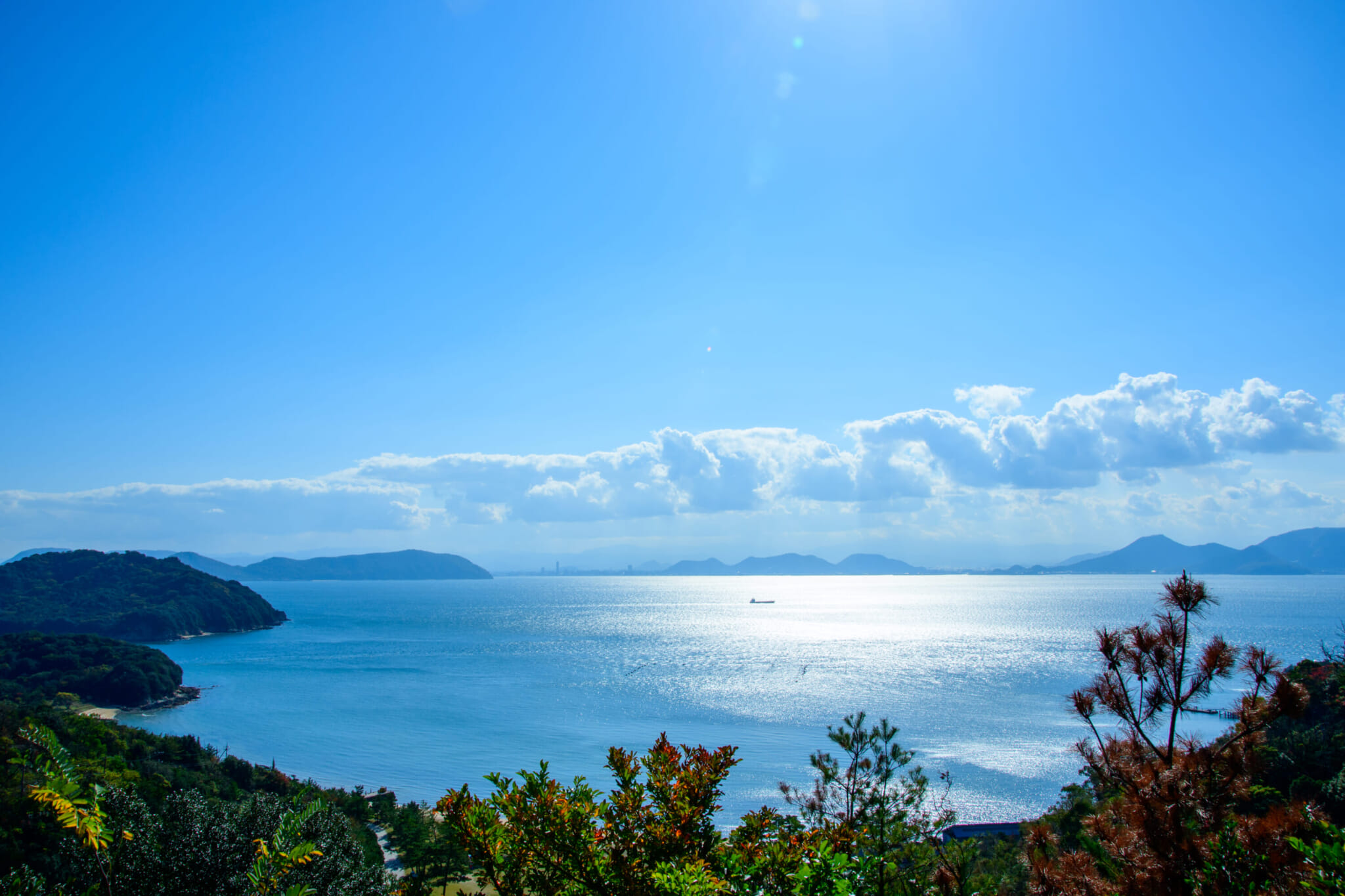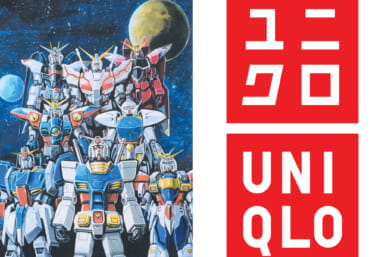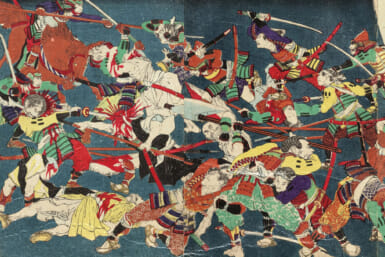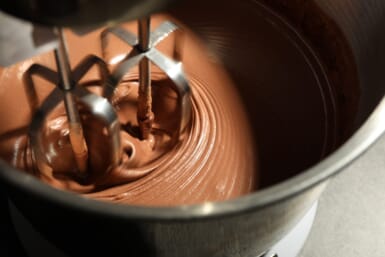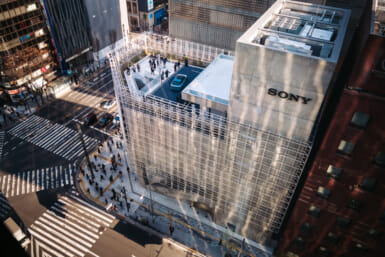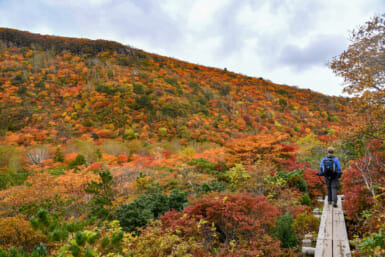“It’s hard to tell the difference between sea and sky, between voyager and sea. Between reality and the workings of the heart,” Haruki Murakami writes in Kafka on the Shore, a novel predominantly set in Kagawa Prefecture. Riding a train along the coast on a clear day, it’s easy to picture what Murakami meant: The vibrant blues of the sea and sky melt together, and you start to feel like you’re part of the hazy skyline, fusing with the unending spread of azure.
Located on Japan’s southern island of Shikoku, Kagawa is a quaint prefecture — the smallest in Japan. Its culture is unique and nuanced, shaped by the warm climate and the year-round breeze wafting from the Seto Inland Sea. Visiting it can be a dreamy and fantastical experience, one that leaves a lasting impression. Below are some of the best things to do, see and experience in this enchanting area.
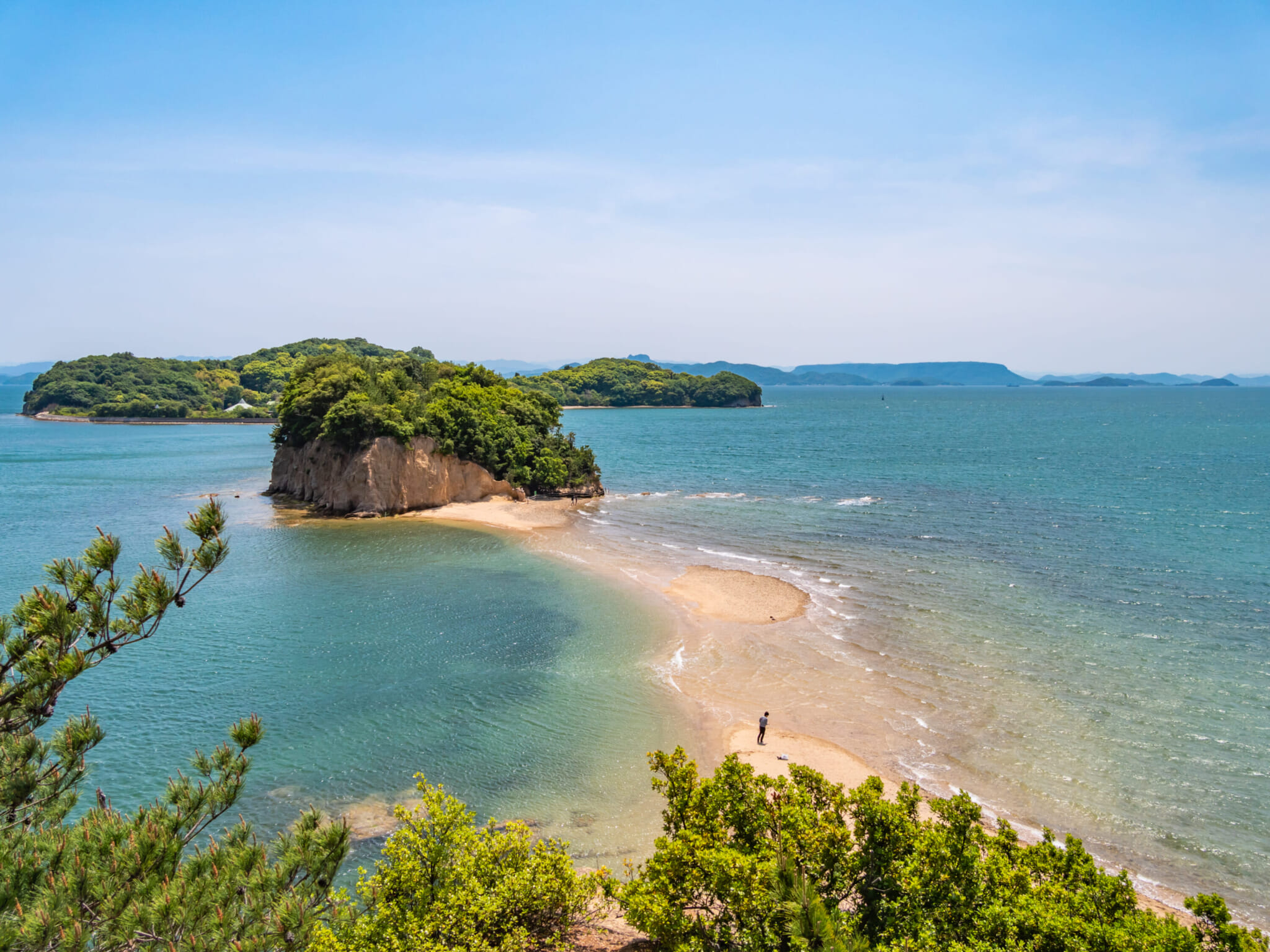
The Treasured Seto Inland Sea
Kagawa is set along the northern coast of Shikoku, facing out onto the Seto Inland Sea. It’s known for its archipelago of 20-plus islands scattered across the ocean. The beaches here are renowned, too — Chichibugahama, in Mitoyo city, is one of its most famous, known for its “mirror effect.” During low tide, the sea retreats to reveal a vast expanse of tranquil tide pools that reflect the sky. This rare phenomenon makes Chichibugahama a popular spot for photographers and travelers looking to capture an otherworldly scene.
Another location for stunning ocean views is Angel Road, a 500-meter sandbar that only appears twice a day at low tide, connecting the island of Shodoshima to three small islets. This scenic road is especially picturesque at sunset, when the sky blushes in vibrant shades of orange and pink. Legend has it that couples who walk along Angel Road hand in hand will be blessed with eternal love.
The Seto Ohashi Bridge, one of the longest bridges in Japan at 13 kilometers in length, is an astonishing landmark that can be viewed from a number of nearby scenic lookouts. The bridge connects the Honshu mainland to Shikoku, and crossing it allows travelers to appreciate the vastness of the sea as well as Japan’s engineering prowess.
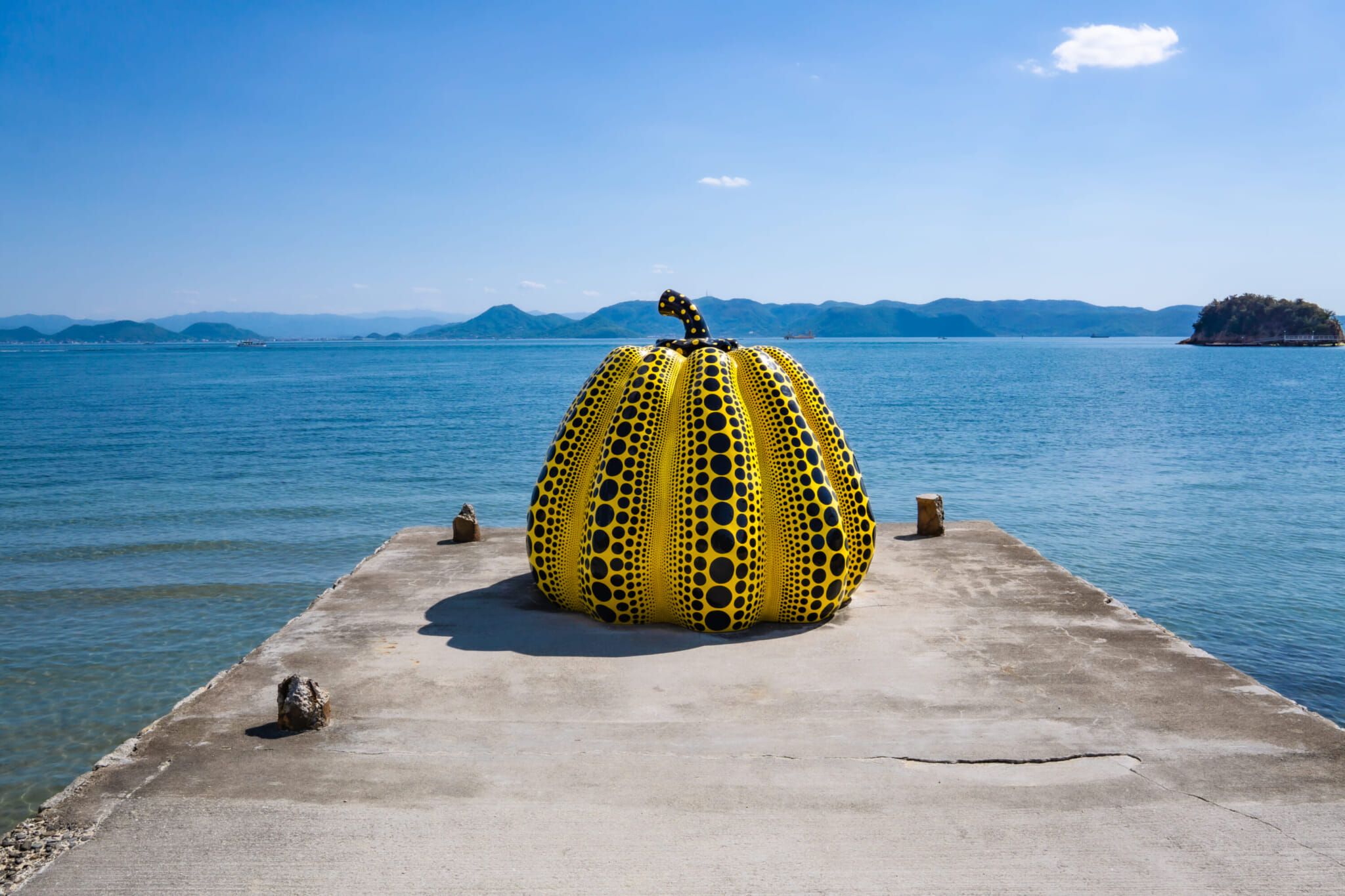
Naoshima, Japan: Pumpkin Art by Yayoi Kusama. Photographed during a sunny day on Naoshima Island, Japan.
Island-Hopping
The islands of Kagawa vary in size and significance, and many are accessible by ferry. Shodoshima — the birthplace of olive cultivation in Japan, known as “olive island” — stuns with its Mediterranean-esque climate and scenery. At Shodoshima Olive Park, you can walk among olive trees, sampling olive-related products at cafés and shops.
Many artistically inclined visitors flock to Naoshima, Japan’s premier “art island.” It’s home to a number of esteemed contemporary art museums, including the Chichu Art Museum and the Benesse House Museum. The island itself is an open-air gallery, with sculptures and art installations scattered throughout its landscape, including iconic works by Yayoi Kusama. The neighboring Teshima houses an abundance of intriguing contemporary art as well.
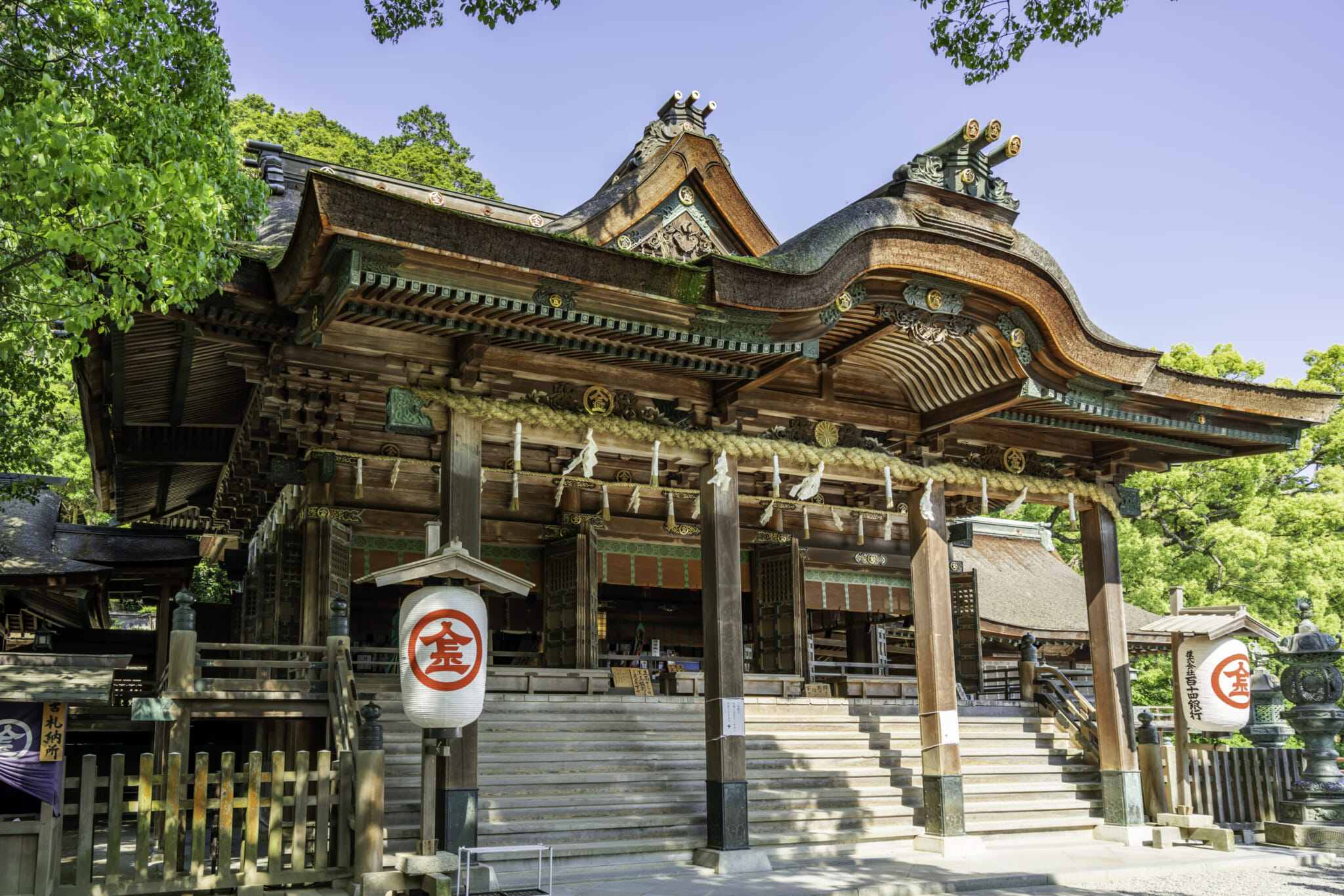
Seaside Shrines and Pilgrim Paths
Kagawa also boasts a number of important spiritual sites. Kotohira-gu, referred to by its nickname of Konpira-san, is the prefecture’s most popular shrine. Though it was designated as a Shinto shrine during the Meiji period, Konpira-san’s architecture displays elements of both Shintoism and Buddhism, and it honors and protects sailors. It’s located on the slopes of Mount Zozu, and is reached by a stone staircase composed of 1,368 steps.
Tsushima Shrine is a unique shrine located on a small island off the coast of the town of Mino-cho. The island can only be accessed once a year, during the summer festival in August, when a bright red bridge is constructed from the shore. As Tsushima Shrine is associated with the health and well-being of children, many families come here to celebrate and pray together.
Of course, we can’t speak about spirituality in Shikoku without mentioning the Shikoku Pilgrimage. Following the steps of the great Buddhist monk Kukai (posthumously known as Kobo Daishi), the sacred path links 88 temples across Shikoku, including 23 in Kagawa. The route from Shiromineji Temple in Sakaide to Negoroji Temple in Takamatsu remains largely preserved in its original state.
The Udon Prefecture
Many associate Kagawa with its culinary heritage — namely as the home of udon. There are nearly 600 udon restaurants in the prefecture. (Compare that with convenience stores: There are reportedly just 380.) Those who live here are said to eat seven times the udon as the average Japanese person.
The udon produced in Kagawa is famous for being quite chewy and having an al dente bite to it. It can be served in any number of ways, though the standard style is shoyu udon, where a dashi-flavored soy sauce is poured directly on cold noodles, topped with scallions, grated daikon, ginger and sudachi citrus.
The prefecture’s cuisine extends far beyond udon. Its mild climate is ideal for lemon cultivation; lemons from Kagawa have a soft, mellow peel that’s perfect for cooking. For seafood lovers, its deep connection with the ocean ensures an abundance of fresh fish and shellfish. Spanish mackerel, olive young yellowtail and pear puffer are some of the local specialties.
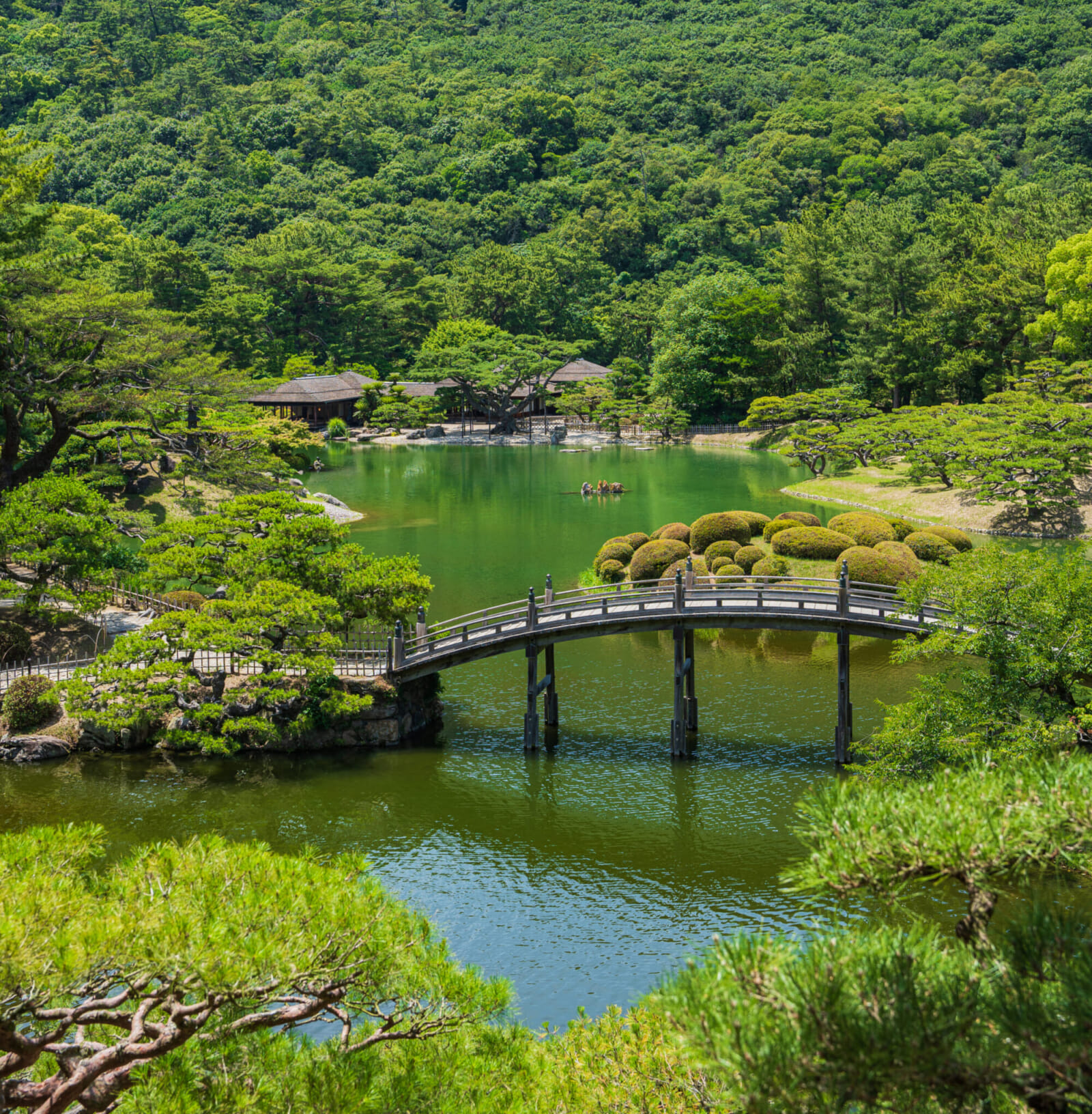
Parks and Gardens
Kagawa’s natural beauty crystallizes in its parks and gardens. Ritsurin Garden, located in Takamatsu, is one of Japan’s most famous historical gardens, built by local feudal lords during the Edo period. This sprawling landscape garden features lush greenery, tranquil ponds and calm pavilions.
Another garden worth exploring is the Isamu Noguchi Garden Museum in the town of Mure. This museum, dedicated to the works of the renowned Japanese American artist Isamu Noguchi, functions as an extension of his museum in New York. Its seamless blend of nature and architecture invites awe and contemplation.
Everywhere you go in Kagawa feels significant, yet hazy and dreamy like a warm afternoon nap. It’s easy to see why Murakami felt inspired by this setting. Kagawa is full of magic — from the vast views of the Seto Inland Sea, to the culture colored with a rich religious and maritime history, to the comfort of a simple, perfect bowl of udon.

